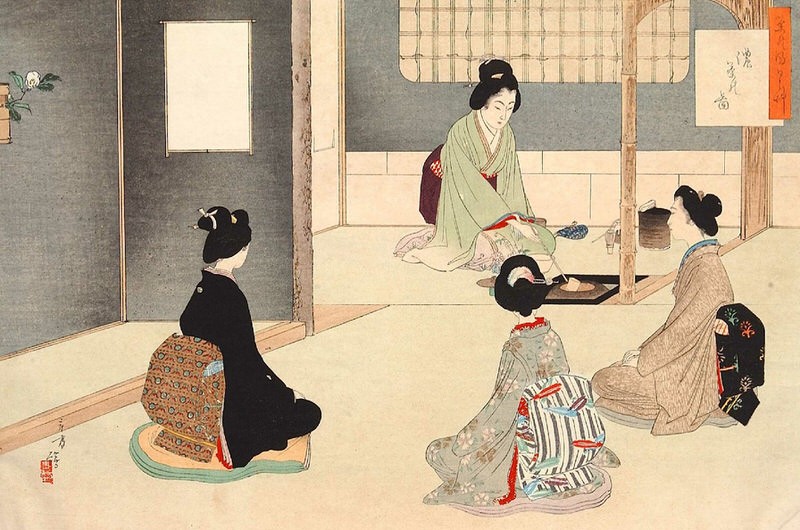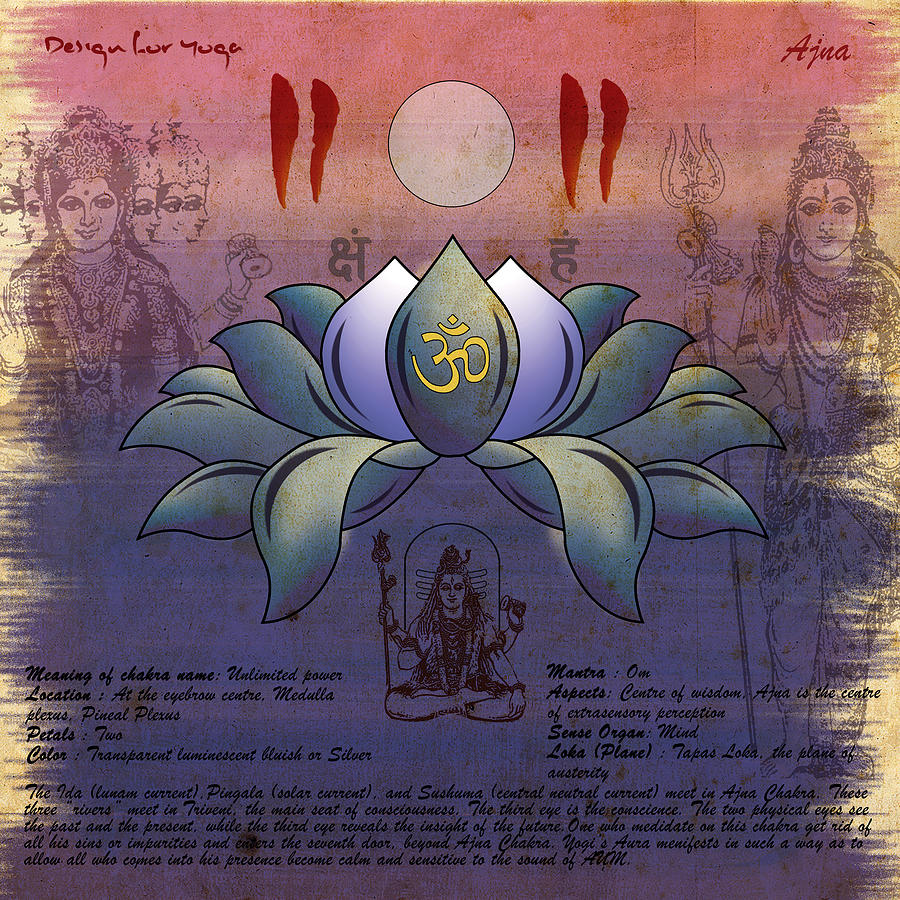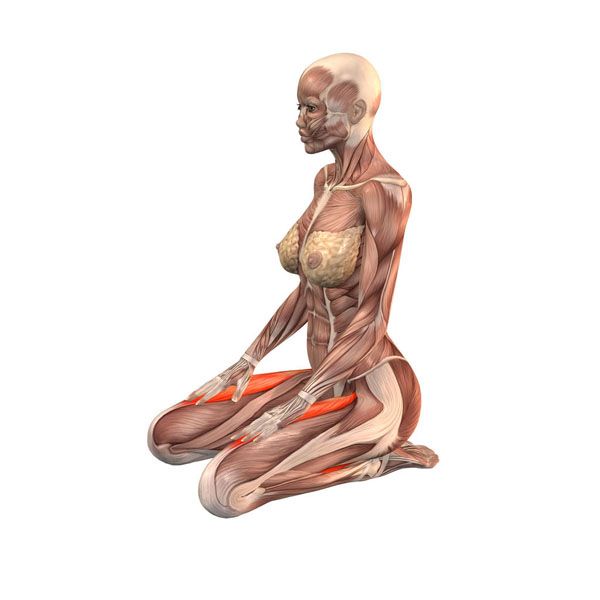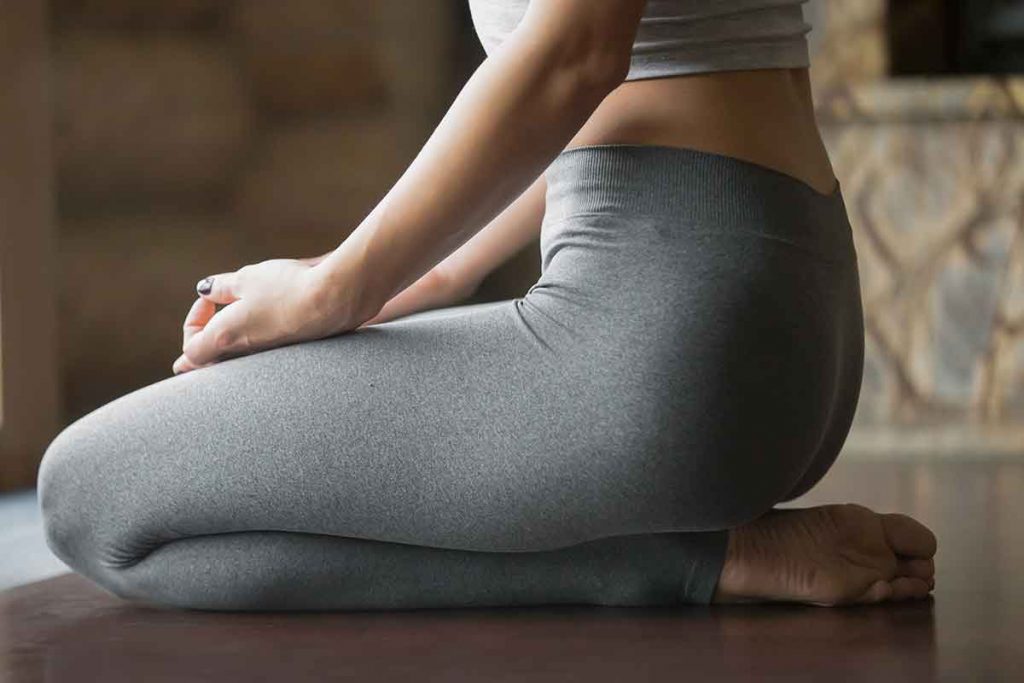How many of you find it difficult to just sit, for around 30 minutes?
By sit I don’t mean on a computer, or watching Netflix.
Sitting as in without doing a thing, by not being busy, and also away from your phone.
Yes I know. Sitting is fine, but the moment I mentioned ‘away from the phone’, it was a deal-breaker, isn’t it?
And mind you, this is different from meditating. There too, you are doing something. Sitting without a thought in the world doesn’t seem like an option anymore. We absolutely “have to do something”.
Some of my employees misinterpreted the 30*30 fitness challenge. They thought when I said fitness and exercise, it was meant to only include gym time and similar pursuits. A lot of us do this. When we think fitness, we think physical. What about mental and emotional fitness? Isn’t that more important?
A healthy body, a healthy mind.
And so it’s important to include the mental and emotional bits into it as well. Dhāranā, dhyānā (collectively misunderstood as meditation), laughter and deliberately light-hearted conversations, small games with family (like antākshari), prayer, all these add to your emotional well-being. You should pursue these as much as you try to take time out for physical fitness.
In time, you will not be able to lift those weights and do that pilates, but the mental and emotional parts will continue, and in most cases, you will tend to devote more time to them. Best to get into the habit as soon as you can!
Here is an āsanā that you can use to sit comfortably for at least 20-30 minutes, to practice the no-mind exercise above. Tell me how it goes!
The name comes from the Sanskrit words vajra, a weapon whose name means “thunderbolt” or “diamond”, and asana meaning “posture”.
Vajrasana or Thunderbolt pose is considered to be the best sitting posture, for practicing breathing exercises and meditation. In India, a lot of people sit in this asana after eating their meals. This is a great posture for smooth digestion.
From my background in martial arts (Kyokushin Karate), I recognise this asana being practised in Japan from centuries – its called seiza.
The ankles are turned outward as the tops of the feet are lowered so that, in a slight “V” shape, the tops of the feet are flat on the floor and big toes overlapped, the right always on top of the left, and the buttocks are finally lowered all the way down.
Depending on the circumstances, the hands are folded modestly in the lap, or are placed palm down on the upper thighs with the fingers close together, or are placed on the floor next to the hips, with the knuckles rounded and touching the floor. The back is kept straight, though not unnaturally stiff. Traditionally, women sit with the knees together while men separate them slightly. Some martial arts, such as karate, may prescribe up to two fist widths of distance between the knees for men.

When sitting in Vajrasana with your eyes closed, the Ajna Chakra is stimulated. The third eye chakra is an instrument to perceive the more subtle qualities of reality. It goes beyond the more physical senses into the realm of subtle energies. Being tuned into this chakra, allows you to open up to an intuitive sensibility and inner perception.

Preparatory poses are warm up poses so you should learn a few Vajrasana yoga prep poses such as Ardha Shalabhasana and Shalabhasana before you learn how to do Thunderbolt pose. These prep poses for Vajrasana will help to gently stretch your muscles and this will ensure that you don’t get a muscle pull while doing this pose.
Steps to perform Vajrasana
Step 1: Bend your knees and sit on your buttocks.
Step 2: The sides of your soles should be close together.
Step 3: Interlock your big toes.
Step 4: Maintain your posture so that your spine and neck are absolutely straight
Step 5: Place your palms on your knees and relax your shoulders.

Step 6: Balance your body in this position while taking deep and even breaths.
Step 7: Do not lean back or allow your spine to arch backwards.
Step 8: Keep your eyes closed and remain conscious of your breathing.
Step 9: Inhale and exhale slowly and allow your mind and body to relax completely.
Step 10: Sit in this pose for a minimum of 2 minutes. Once you are used to it, you can increase this to 5-10 minutes.
To release from Vajrasana, move your hands from your knees to your sides. Slowly raise your knees and shift your weight on to your toes and then straighten your legs so that you return to a seated position. When moving from Vajrasana to any of the other poses, make sure that your movements are slow and smooth. Instead of transitioning from one static pose directly to the next, you can include 10 seconds of mindful breathing in between the poses. This will help you focus and be mindful of your movements.

Benefits of Vajrasana
- Better digestion: The kneeling posture helps better blood circulation in the body. It modifies the blood flow by reducing the blood flow in lower portion, especially in the legs and increasing blood flow to the digestive organs resulting to efficiency of the digestive system. People with weak digestion are benefited.
- Strengthens the back: As the spine is erect and our hips are supported by the heels, it helps in strengthening the back.
- Optimal organ functioning: As the torso is kept straight, there is optimal place for every internal organ. Thereby, the organs are not squeezed and can function effectively.
- Thigh toner: Sitting in this asana helps in toning the thighs overtime. It also stretches tight hamstrings.
- Calming effect: As the torso is erect and we focus towards the eyebrow center, there is an incredible calming effect on the mind and body.
- Great meditative asana: Yoga asanas are designed to prepare the body to sit in meditation. We need strong backs and flexible hips to be still for long periods. Vajrasana is commonly used to sit in silence, due to its’ ease and efficiency.
